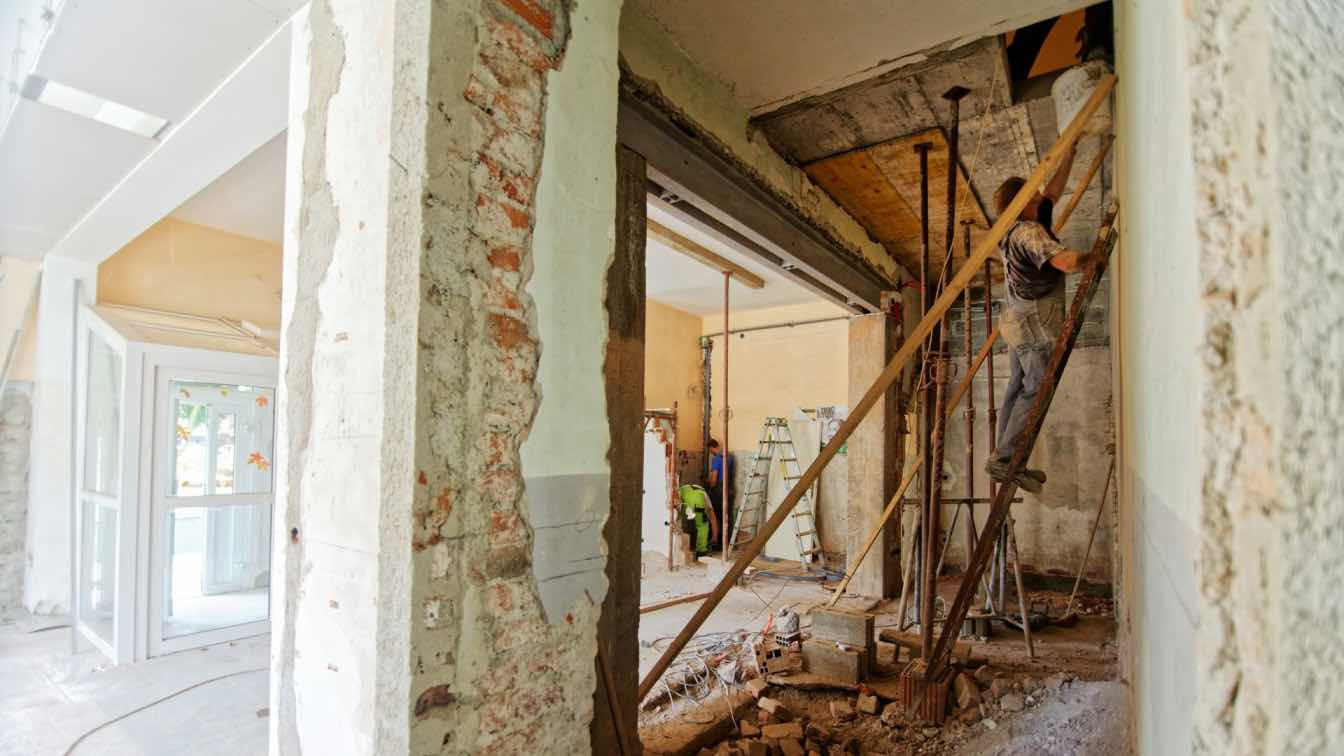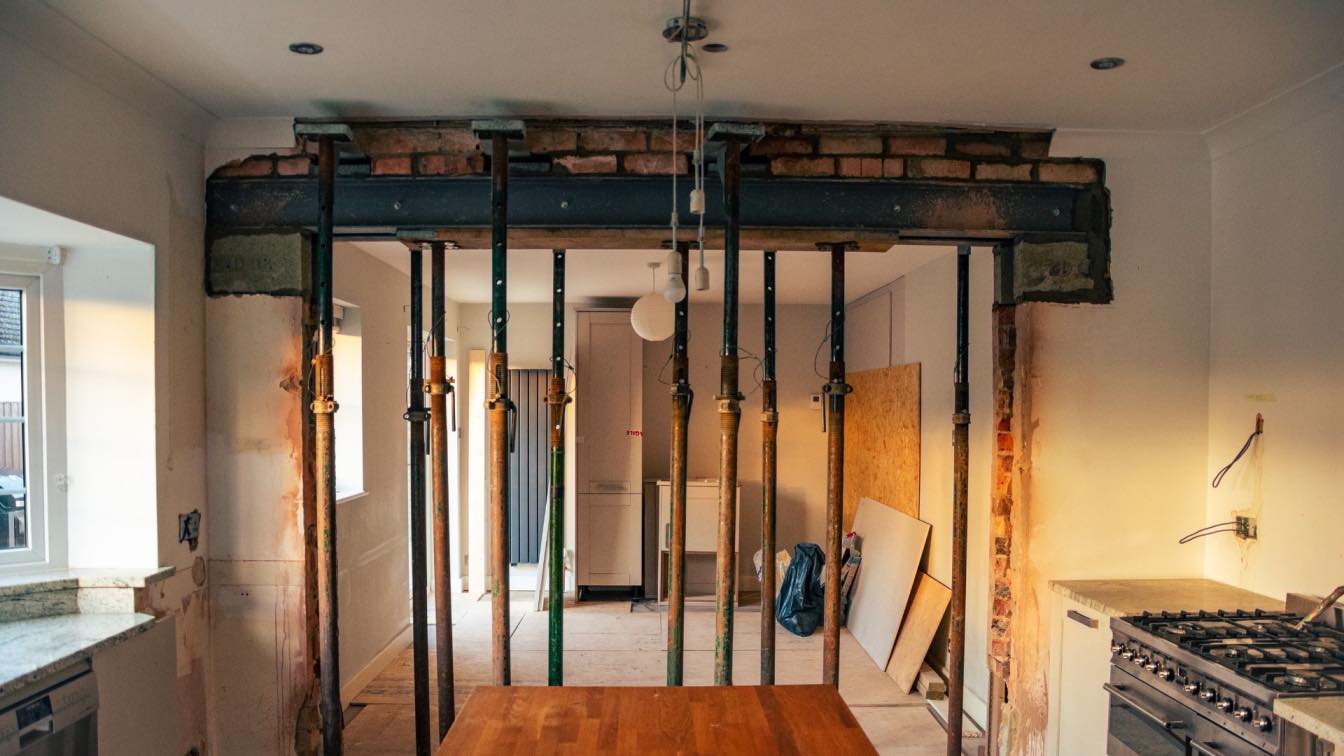Golfing is such an amazing sport, where patience and alertness, tactfulness, and strength constantly mix and intertwine for the ultimate precision and success. Not for everyone, not extremely popular, it remained a sport for a selected group of people of selected interests and characteristics.
And one has to have this in mind when designing a golf camp - a place where the game can be trained and perfected, with a wide variety of information from experts. This includes the teaching of technical skills, physical skills, and mental ones as well. Where camps differ from simple golf classes is the abiding nature of it and teaching competition-related skills like knowing how to use all of those skills before and during a tournament.
To design a practical, pleasant, and professional golf camp, one has to know few architectural tips to achieve this.
Training Facilities
Because in this sport, the most important part is the distance and the orbit of the golf ball and it’s what everybody strives for. Sure, one can be great at all other aspects of the game but to master technical skills such as swinging, pitching, chipping, and putting, one needs to, first, improve physical skills such as building power and increasing strength. By doing so, increasing swing speed is also guaranteed, and with it the ball’s orbit. The perfect fly is directly and reciprocally connected to one’s strength.
That is why training facilities, such as the gym, need to be taken into consideration. Depending on the size of the camp, you can take a couple of smaller gyms into consideration for private and one-person training, and you can add up and make a couple of open-air gyms as well. Since golf courses are vast areas of green nature (most often), they include some of the strength and stealth utensils around the pathways and trim tracks.
When It’s the Junior Camp
The junior golf camps are the most popular option out of all camps because, not only that they practice the sport, but learn other skills such as new language and improvement of confidence and visualization, they get music or drama education, and enroll in socialization activities.
When designing the junior camps, think in big - big rooms as many of them will be sleeping rooms with bunk beds and the other will be classrooms. Toilets and bathrooms are shared, and the dining room too.
Besides the golf course, the junior camps need to be equipped with other areas where the children will have fun outside as well, such as the swimming pool or large open-air grass areas, break rooms, etc.
When It’s the Adult Camp
Adult camps, on the other hand, need the hint of privacy and just imagine the vacation place with individual units and a little bit of action. Adults will want to develop their game during a vacation or on a corporate trip, train with their friends or significant other, or meet other golfers from around the world.
Therefore, close upon the training itself, adults need to socialize and unwind more than anything (sure, they want to learn and improve in the sport) and that’s why restaurants, spa facilities, and bars are very much needed. Nothing better than refreshments in the bar after a day in the field.
On the practical side of the design, parking lots, meeting rooms, retail, and shopping areas need careful planning too.
Scenic and Landscape
As golf’s popularity grew, it was natural for early course developers and clubs to turn to professional golf players back then to design their courses. But, even if they knew what was the best place for holes, it was too easy, too uninspirational, and too boring for the audience. Luckily, we nowadays know a couple of favorable points:
- Find interesting pieces of land with certain characteristics such as a coastline or rocky shoots.
- The quality of the turf is the most critical factor and that’s why you’ll need available water and managing 75% pinnable area and good drainage.
- Depending on the size of the area, try to implement a driving range as it is truly essential to the spirit of the game.
- Hole lengths don’t need to follow the championship length course in the camp but remember that the playing strategy is more important than the overall length.
- While planning the routing, the boundaries and the layout of the course features always go for the safety of the players and the property.
 image © David Mark
image © David Mark
When you start designing a golf camp, have in mind that you’re designing an experience first and for people who strive to be experienced in a very specific sport and lifestyle, really. Start from a magnificent landscape and build your ideas and practical features and facilities, that you now know, around it.





